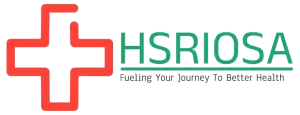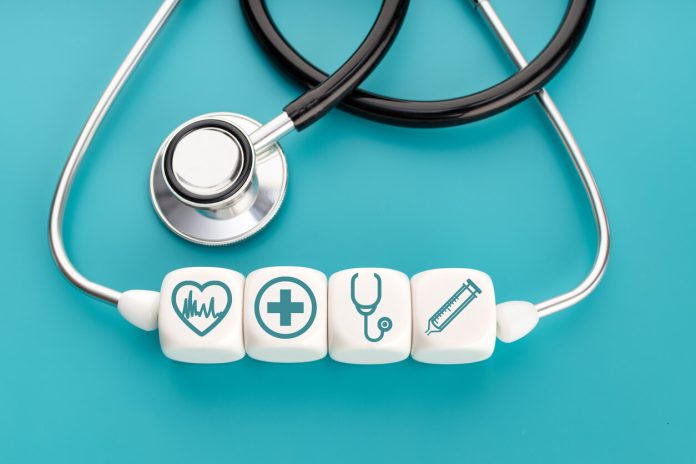For much of medical history, healthcare has focused on treating illness after it occurs. But as global health challenges become more complex and chronic diseases continue to rise, a new movement is gaining traction: preventive healthcare.
Preventive healthcare refers to medical strategies aimed at avoiding the onset of illness rather than treating it after it manifests. It includes routine screenings, vaccinations, healthy lifestyle choices, and early interventions that can significantly reduce the risk of disease and extend quality life years.
In this article, we’ll explore the growing importance of preventive medicine, its benefits, how it’s reshaping healthcare systems, and what individuals can do to take advantage of it.
1. The Shift Toward Prevention
Traditionally, many healthcare systems have operated reactively—patients seek help once symptoms arise. But rising healthcare costs, an aging population, and the burden of chronic illnesses have made this model unsustainable.
According to the World Health Organization (WHO), at least 80% of heart disease, stroke, and type 2 diabetes—and over 40% of cancer cases—could be prevented through simple interventions like better nutrition, increased physical activity, and smoking cessation.
Recognizing this, many countries and health institutions are shifting toward prevention-based models, where the focus is on maintaining health rather than just treating disease.
2. The Pillars of Preventive Healthcare
Preventive medicine isn’t a single action—it’s a multi-layered approach that includes the following levels:
A. Primary Prevention
These are measures taken to prevent the onset of disease entirely.
-
Vaccinations (e.g., flu, HPV, COVID-19)
-
Health education and counseling
-
Lifestyle changes (healthy diet, regular exercise, no smoking)
B. Secondary Prevention
Focused on early detection and treatment to halt disease progression.
-
Cancer screenings (mammograms, colonoscopies, Pap tests)
-
Blood pressure and cholesterol checks
-
Blood sugar monitoring for diabetes risk
C. Tertiary Prevention
Minimizing complications or slowing the progression of existing diseases.
-
Cardiac rehabilitation for heart attack survivors
-
Physical therapy for stroke patients
-
Medication and monitoring to prevent complications from diabetes
By integrating all three levels into healthcare systems, we can drastically reduce the personal and economic toll of disease.
3. The Role of Screenings and Early Detection
One of the cornerstones of preventive care is screening—testing for diseases before symptoms appear. Catching conditions early can lead to more effective, less invasive, and less costly treatments.
Common Screening Recommendations:
-
Blood Pressure: At least every 2 years after age 18
-
Cholesterol: Every 4–6 years starting at age 20
-
Colorectal Cancer: Starting at age 45 (earlier if family history)
-
Breast Cancer: Mammograms every 1–2 years for women aged 50–74
-
Cervical Cancer: Pap tests every 3–5 years for women aged 21–65
-
Diabetes: Routine screening for adults aged 35 and older with risk factors
Unfortunately, many people skip these tests due to fear, misinformation, or lack of access. Public awareness campaigns and accessible clinics are key to improving participation in preventive screenings.
4. The Economic Case for Prevention

Preventive care isn’t just good for individuals—it’s smart for the economy.
Chronic diseases like heart disease, cancer, diabetes, and respiratory conditions account for nearly 75% of global healthcare costs. These illnesses are often preventable, or manageable with early intervention.
Economic Benefits:
-
Reduced hospitalizations and emergency care
-
Increased productivity by reducing sick days and disability
-
Lower insurance premiums through wellness-based models
A 2023 study by the Centers for Disease Control and Prevention (CDC) found that for every $1 spent on preventive health programs, the return on investment was about $5.60 in healthcare savings.
Employers and insurers are increasingly offering incentives for wellness behaviors—such as gym memberships, health checkups, and nutrition programs—because prevention pays off.
5. Lifestyle Medicine: The Foundation of Prevention
At the heart of prevention lies lifestyle medicine, a branch of healthcare focused on treating and reversing disease through behavior change.
Key Focus Areas:
-
Nutrition: A diet rich in fruits, vegetables, whole grains, and lean proteins can lower the risk of heart disease, diabetes, and cancer.
-
Exercise: At least 150 minutes of moderate activity per week improves cardiovascular health, mood, and energy levels.
-
Sleep: Chronic sleep deprivation is linked to obesity, depression, and weakened immunity.
-
Stress Management: Chronic stress can contribute to high blood pressure, digestive issues, and mental health disorders.
-
Substance Avoidance: Avoiding tobacco, excessive alcohol, and recreational drugs is essential for long-term wellness.
Healthcare providers are increasingly acting not just as prescribers of medication but as coaches for lifestyle change—helping patients develop sustainable health habits.
6. Digital Health and Preventive Care
Technology is playing a crucial role in expanding access to preventive healthcare.
Digital Innovations Include:
-
Wearables: Devices like Apple Watch or Fitbit track heart rate, sleep, and activity levels, providing early warnings of potential issues.
-
Telemedicine: Virtual consultations allow patients to get preventive advice without visiting a clinic.
-
AI Health Tools: Predictive algorithms can flag at-risk individuals for early interventions.
-
Health Apps: Platforms for tracking nutrition, fitness, mental health, and medication adherence empower individuals to manage their health.
These tools make prevention more personalized and proactive, bringing healthcare into the hands of the consumer.
7. Barriers to Preventive Care
Despite its proven benefits, preventive healthcare faces several challenges.
Common Barriers:
-
Lack of awareness: Many people don’t understand what services are available or when they need them.
-
Cost and access: In some countries, preventive services are not covered by insurance or are too expensive.
-
Cultural stigma: In some cultures, people avoid checkups for fear of bad news or due to mistrust of medical systems.
-
Time constraints: Busy schedules often push preventive care to the bottom of people’s priorities.
To overcome these issues, healthcare systems must invest in education, outreach, and policy reform to make preventive services more accessible and routine.
8. The Future of Preventive Healthcare

The next decade will likely see even greater emphasis on personalized prevention, using genetics, AI, and big data to tailor health strategies to the individual.
Future Trends:
-
Precision Medicine: DNA-based insights can predict risks and guide interventions before disease occurs.
-
Predictive Analytics: Health systems will use algorithms to identify and flag high-risk patients for earlier support.
-
Behavioral Economics: Nudges and incentives will encourage healthier behaviors across populations.
-
Integration with Mental Health: Recognizing the link between physical and mental health will lead to more holistic prevention.
Ultimately, the future of medicine is not about waiting for illness—it’s about building resilient, informed, and empowered populations.
Conclusion: Prevention Is Better Than Cure
Preventive healthcare isn’t just a medical concept—it’s a societal mindset. It empowers individuals to take control of their health, reduces the burden on healthcare systems, and enhances quality of life.
While challenges remain, the momentum behind prevention is growing. With the right tools, education, and policies in place, we can move from a world that treats disease to one that prevents it—before it starts.




